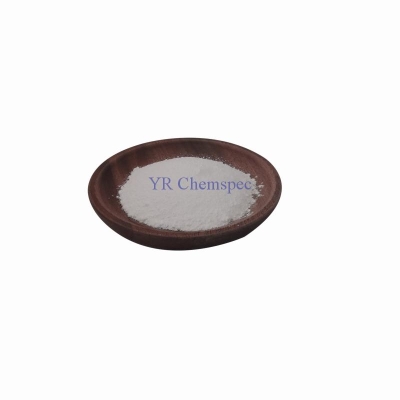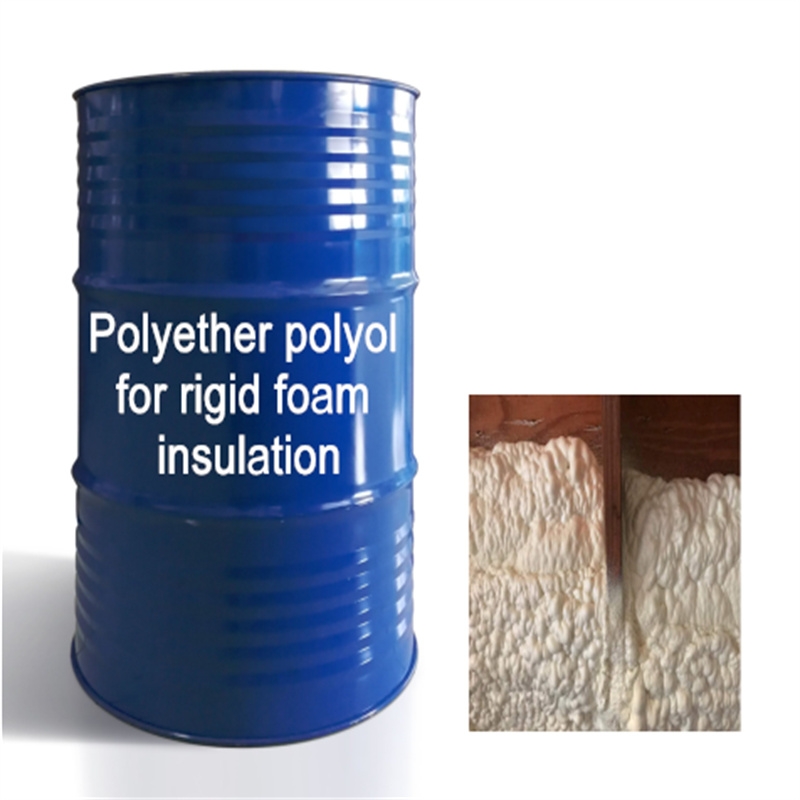-
Categories
-
Pharmaceutical Intermediates
-
Active Pharmaceutical Ingredients
-
Food Additives
- Industrial Coatings
- Agrochemicals
- Dyes and Pigments
- Surfactant
- Flavors and Fragrances
- Chemical Reagents
- Catalyst and Auxiliary
- Natural Products
- Inorganic Chemistry
-
Organic Chemistry
-
Biochemical Engineering
- Analytical Chemistry
- Cosmetic Ingredient
-
Pharmaceutical Intermediates
Promotion
ECHEMI Mall
Wholesale
Weekly Price
Exhibition
News
-
Trade Service
(4) Derivation method
Because ASs have a high boiling point and are not volatile, chemical derivatization can increase the volatility of the sample or improve the detection sensitivity, thereby facilitating gas chromatography (GC) detection.
In the residual detection of ASs, silylation and acylation are usually used
.
The HPLC chemical derivatization method uses chemical derivatization reagents or labeling reagents to chemically react with sample components under certain conditions, and the product is conducive to detection or analysis
1) Silylation derivatization
Silylation is the most common derivatization method for ASs.
Commonly used silylation reagents are: trimethylsilane (TMS), bis(trimethylsilyl)fluoroacetamide (BSTFA), N-methyl-N-trimethyl Silyl trifluoroacetamide (MSTFA) and N,O-bis(trimethylsilyl)acetamide (BSA) and so on
.
In the ASs structure, all groups containing active hydrogen atoms can undergo silanization reaction, such as hydroxyl, phenolic hydroxyl, enolizable ketone, amino, carboxyl, sulfuric acid, etc.
Marchand et al.
used GC-MS to detect ultra-trace ASs in meat
.
After the SPE eluate is evaporated to dryness, the ASs are divided into two categories by liquid-liquid distribution: D4-3-ketones and phenolic structures
Impens et al.
established a GC-MS/MS method for detecting estrogen, progesterone and androgen residues in kidney fat and meat
.
After the SPE eluent was blown dry with nitrogen, MSTFA was used for derivatization
Yamada et al.
reported the simultaneous detection of major metabolites of multiple anabolic steroids in horse urine using GC-MS/MS
.
After the urine is hydrolyzed by β-glucuronidase, it is purified with Sep-Pak C18 PlusSPE column.
Kootstra et al.
established a GC-MS method for multi-residue detection of ASs in urine
.
This method uses TMS for derivation and is mainly used for qualitative and semi-quantitative analysis of low-dose ASs
2) Acylation derivatization
Acylation is also a more commonly used derivatization method, mainly for the hydroxyl group, enolizable keto group and amino group of ASs
.
Derivatization reagents can be divided into three categories: acid chlorides, perfluoroanhydrides and compounds containing active acyl groups (such as acyl imidazoles)
Zeng Dongping established methyltestosterone, norethindrone, 17a-ethinyl estradiol, estradiol, 6a-methyl-17a-hydroxyprogesterone, estradiol benzoate, and chlorogestrol acetate in pig muscle 8 A GC-MS detection method for sex hormone residues
.
The pig muscle samples were extracted with ether, purified by an amino SPE column, and concentrated, added 50μL of hFBA-acetone (1+4, v/v), allowed to stand at 60°C for the derivatization reaction for 1h, then added 700μL of toluene and 500μL of double distilled water, and mixed After uniform centrifugation, the upper layer was taken for GC-MS detection
China's national standards GB/T22967-2008 and GB/T20749-2006 respectively detect β-estradiol residues in milk and milk powder and β-estradiol residues in cow urine
.
After the sample is hydrolyzed by β-glucuronidase and arylsulfatase and purified by HLBSPE column, the eluent is blown dry with nitrogen, derivatized with pentafluorobenzoyl chloride at 60°C for 15 minutes, and then measured by GC-MS.
Standard method for quantification
.
The LOD of milk and cow urine are both 0.
25μg/kg, the LOD of milk powder is 2μg/kg, and the recovery rate in milk is 84.
1%-95.
3%
.
3) Derivatization of hydroxylamine
Hydroxylamine derivatization is also called oximation
.
Oxime is a type of compound produced by the interaction of carbonyl-containing aldehydes and ketones with hydroxylamines
.
Hydroxylamine derivatization is based on the properties of the ketone group of steroid hormones that can provide nucleophilic addition sites.
Using hydroxylamine substances as derivatization reagents, the ketone groups of steroid hormones can be used for affinity with hydroxylamine substances under certain conditions.
Nuclear addition reaction produces oxime substances
.
Common reagents such as hydroxylamine hydrochloride, 0-methyl hydroxylamine, 0-phenyl hydroxylamine, 0-butyl hydroxylamine, 0-pentafluorobenzyl hydroxylamine, which generate oximes or alkyl oximes, are also often used as methods to protect the ketone group of ASs
.
Regal et al.
established an LC-MS/MS method for the detection of estrogen in bovine serum
.
The serum sample was extracted with acetonitrile and degreasing with n-hexane, dried with nitrogen, then derivatized with hydroxylamine with 1.
5mol/L hydroxylamine solution (pH10), reacted at 90°C for 30min, the derivatized product was extracted with tert-butyl methyl ether, concentrated and re-dissolved Methanol-water, finally analyzed by LC-MS/MS
.
Method CCa is 6.
00~19.
46ng/L, CCβ is 11.
84~33.
02ng/L
.
4) Other derivative methods
Athanasiadou et al.
reviewed chemical derivatization methods for enhanced ESI ionization, which has a good reference significance
.
Taking 19-norandrosterone as an example, the chemical derivatization methods and derivatization products of its carbonyl group (Figure 8-4) and hydroxyl group (Figure 8-5) are listed respectively
.







